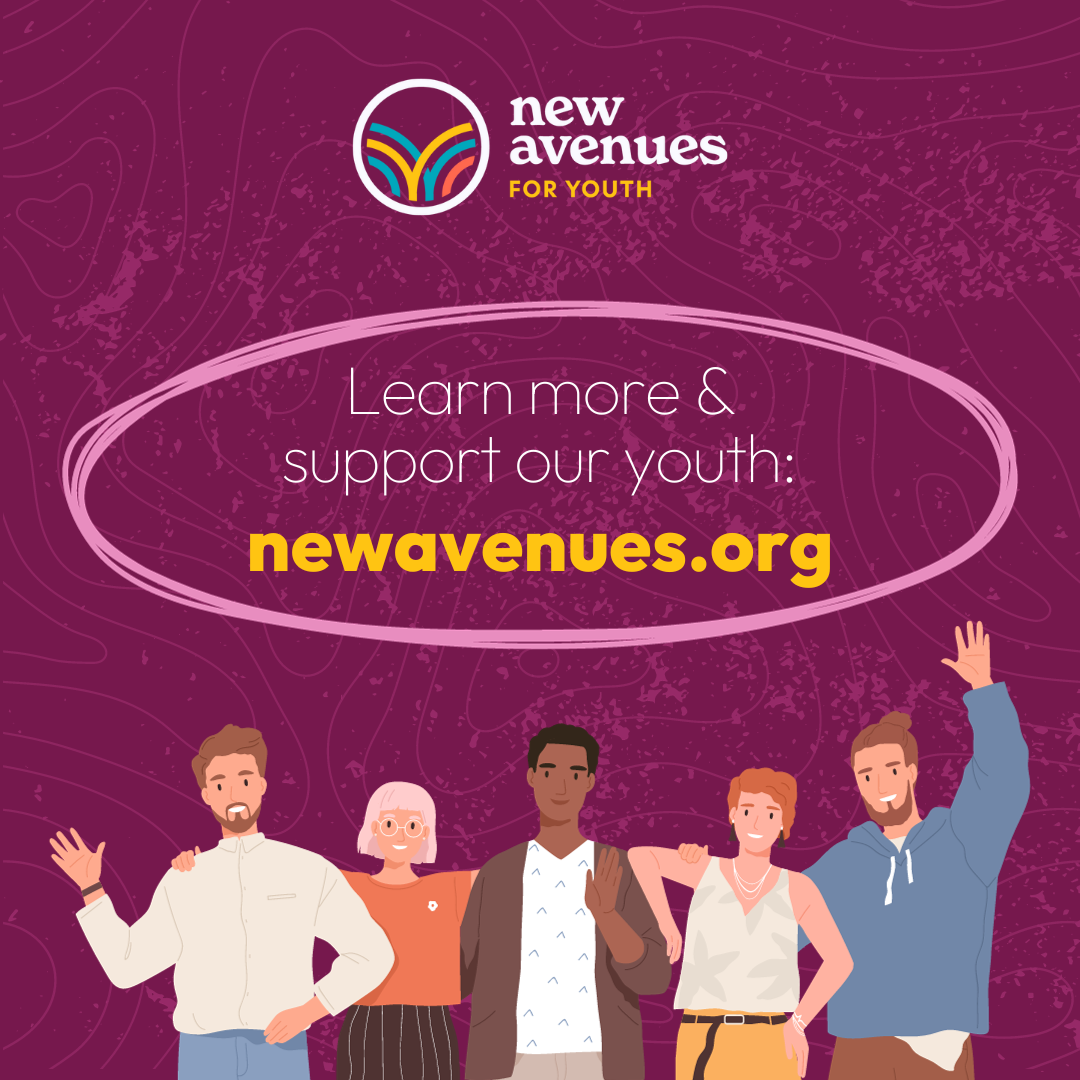
New Avenues for Youth Digital Style Guide
Creating a useful reference tool while also decolonizing communications standards
Contract role, summer through fall 2023.
SUMMARY
I crafted an extensive digital communications style guide as a contractor for New Avenues for Youth. The document is proprietary but I will share the foundational principles with which I built the style guide:
Accessibility: Ensuring that all digital communications (website, enewsletters, social media, etc.) support accessibility for people with visual impairments, per Web Content Accessibility Guidelines (WCAG) and other industry best practices. Simple ways to improve accessibility include using Pascal Case hashtags (#EachWordCapitalizedToEnhanceReadability), adding alt text to all digital images, and increasing visual contrast in all collateral (see design samples included on this page).
Consistency: Having a consistent, recognizable style strengthens brand identity and provides clarity for audiences and internal stakeholders (particularly the staff that oversees communications). Clear expectations and protocols are especially important for supporting the success of neurodivergent staff.
Decolonizing Communication Standards: It is important to acknowledge that language is constantly evolving, culturally specific, and highly personal to individuals. It’s not just about “right” versus “wrong” uses of language—that type of thinking often reinforces oppression based on race, class, disability, and other identities. In turn, that oppression reinforces white supremacy culture (read more about the ways in which white supremacy culture can show up in organizations). In this style guide, however, there is room for ambiguity, discussion, and mutual learning.
People-First, Strength-Based Language: This has been a best practice at New Avenues for Youth for a while, but it is now codified in the style guide. This piece by Alyssa Scott offers great advice on how to apply people-first, strength-based language in a nonprofit, social change space.
It’s a Living Document: Together, the client and I decided on a timeline for revisions (every few years, to ensure that communications are evolving alongside digital trends, changes in language, and other factors). We also outlined conditions that would prompt revision outside of that typical timeline (e.g., major global events, or feedback that the organization’s style guide is causing harm). Processes for revision were also described, including including sourcing multiple opinions.



